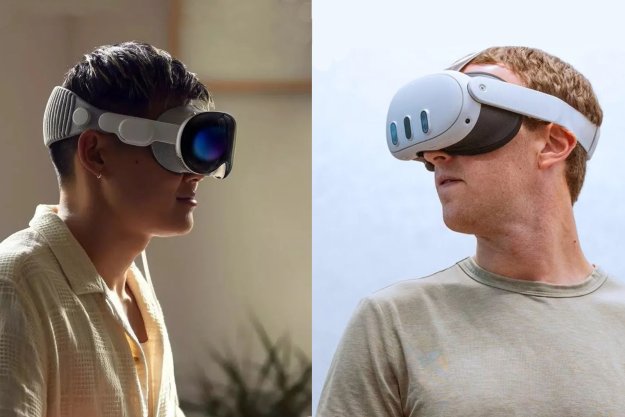Windows 10 gets major upgrades twice a year, but some features have simply come and gone as part of routine beta testing with Windows Insiders. One of those was a multitasking feature known as Windows Sets, but there is now a reason to believe it might soon be making a comeback.
As a reminder, Windows Sets was previously beta-tested in 2018 with the “Skip Ahead Ring” of the Windows Insider Program. Like the “Tabs” feature in Apple’s MacOS, it allowed Windows users to group certain tasks or programs and open new instances of them in new tabs in any given window in Windows.
Although Microsoft insisted the feature wasn’t quite ready for prime time, Sets changed some productivity aspects to Windows 10. Those who were were lucky enough to test Sets were able to use it to combine their web browsing with any Universal Windows App installed on their PC (UWP.) Thanks to Sets, you could open a new tab in any given UWP (like OneNote) and use other apps and even browse the web right from within a single window, all without even going to the Start Menu. Sets could also sync across devices, making it easier to get back into a workflow.
Recently, though, Twitter user @teroalhonen found hidden coding references to the old Windows Sets feature in the most current beta version of the Windows 10 Software Development Kit. This isn’t the first time that such references have been spotted, but it now again suggests that Microsoft could be actively writing code for the feature. This doesn’t mean Sets is confirmed to return, but Microsoft did originally note in a blog post in mid-2018 that the feature would come back in a future release when ready.
If anything, this would suggest that Microsoft might be considering bringing back Windows Sets in the second update to Windows 10 for the year 2020. The first and incoming update, currently code-named Windows 10 20H1 (also known as Windows 10 Version 2004) is almost finished. It has already moved through the various “rings” of the Windows Insider Program, which means that the fall 2020 Update for Windows 10 could possibly include the feature.
Since the original debut of Sets, Microsoft has gone on to release two major versions of Windows 10 — the May 2019 update, and the November 2019 Update. Facing criticism on issues such as data deletion bugs, Microsoft has shifted the focus of these updates from new features to just servicing Windows.
Once the Windows 10 Version 2004 Update is released, things might be more clear and a release date for Sets might become apparent. Until then, third-party programs like Clover can be used to add tabs to the Windows 10 File Explorer for an enhanced multitasking experience.
Editors' Recommendations
- The next big Windows 11 update has a new hardware requirement
- The most common Windows 11 problems and how to fix them
- Microsoft announces a new threat to push people to Windows 11
- Windows 11 vs. Windows 10: finally time to upgrade?
- The best Windows 11 themes we’ve tried so far this year


